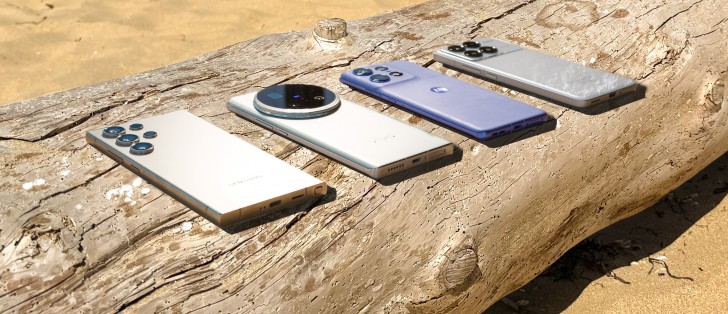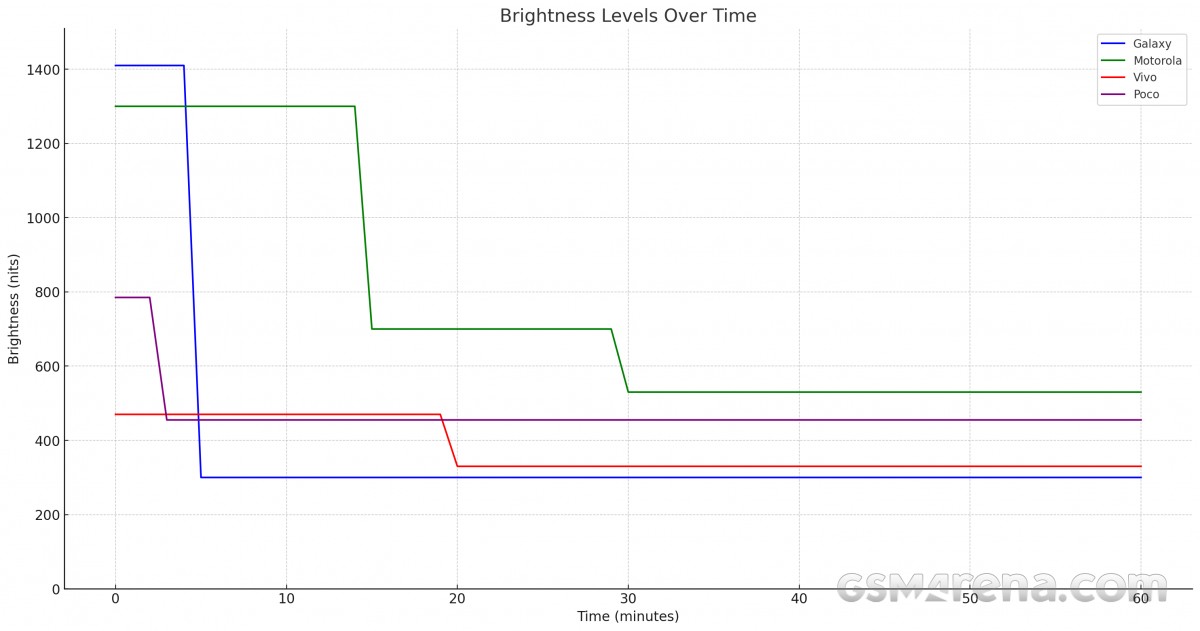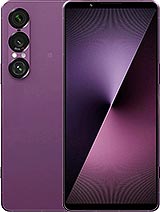Our summer battery and display test: the beach effect

Ah, summer... the best of all seasons. That is, if you live in an area that actually has it and have a soft spot for sand and sea - otherwise you may see things differently. But regardless of whether we enthusiastically storm towards the sea or get forcefully dragged down there by... external circumstances, it is time for the beach where most of our team calls home.
We don't doubt you've experienced the ill effects of sunlight and the accompanying heat on your phone display's brightness and battery life, and we're no strangers to those either. Still, we had no numerical representation of just how much worse a phone's longevity is in these, in many ways, adverse conditions - the subjective assessments or anecdotal reports from others don't quite count. So we figured we'd do a little test.

As a general rule, every attempt at approximating a real-life phenomenon with some sort of an engineering model is bound to have flaws. We thought long and hard how to simulate smartphone beach use, then did some preliminary testing of different setups, and here's what we came up with.
We placed the phones right there under the sun, no shade or anything. For an initial attempt we had them under a diffuser (to simulate a beach umbrella) but that returned unsatisfactory results when it came to maxing out the ambient light sensor and spiking the phones' actual maximum brightness (for as long as it would maintain it, at least).
The ambient air temperature was 30°C (86°F) with the test surface where the phones rested reaching into the mid 40s Celsius (about 115°F). A medium-strength breeze accompanied the test, and an occasional cloud also interrupted the torture for a minute or two - most welcome circumstances that brought our setup that extra bit closer to the reality we were trying to emulate.

We picked four phones from varying walks of life with some extra reasoning behind our choices. For example, the Galaxy S24 Ultra is, in a way, the pinnacle of smartphone display technology - in no small part thanks to the glass above the actual display. The vivo X100 Ultra, while being a China-only release, has one of the highest peak brightness levels we've measured in our usual test routine. The Poco F6 Pro and the Motorola Edge 50 Pro, meanwhile, are representatives of Team Mainstream - relatively affordable handsets for regular people (as opposed to 'photography enthusiasts', or 'mobile gamers', or 'fashionistas', or 'choose your own label').

We laid them face down on the test 'bench' for half an hour to acclimatize before starting the test - you know, you show up at the beach, grab a cup of coffee, go in to test the water temperature - mindless scrolling comes later. Since they're all light-colored the acclimatization process didn't place any of them at a disadvantage.
We then turned them over, set the brightness to adaptive/auto, and ran our usual web browsing script, augmented with an extra page tucked in between the regular ones that is plain white - for intermediate brightness measurements. An ROG Phone 8 Pro was tasked with capturing the process on a timelapse video.

As it turned out, by the time we actually got to start the test, 3 out of 4 phones were already warm enough that they didn't want to boost the brightness up to true max - only the Motorola persisted.
Indeed, the brightness behavior plots are an interesting topic themselves, but we'll sum them up for you. The Galaxy dropped to a little under 300nits some 5 minutes into the test and stayed there throughout.
The Motorola remained the brightest for the entirety of the test, maintaining values in the 1300s for about 15mins, then 700nits for another 15mins, before settling at around 530-ish nits at the half-hour mark and staying there.
The vivo started the test at 470nits and dropped to 330nits around 20mins into it, where it stayed until the end.
The Poco was the happiest at 455nits, which it got to some 3mins into the test after a 785-nit start.

With that in mind, here's what we got in terms of battery life out of our test subjects. For comparison, we have the phones' results from the regular review process, where the test is carried out at a standardized brightness of 200nits.
In a way, the results of this test came as a surprise to us, since our general perception was that our phones tend to die a lot faster on the beach than they do in 'regular' use. You could say that the disproportionately larger drop in the case of the vivo when compared to the others is what we'd expect. But it turns out to be an outlier in this varied (if admittedly small) sample group.
You'll have to trust us on this, because it's essentially impossible to capture in a photo or on video, but all phones remained easily legible throughout the test. That's another of the anecdotal observations we were trying to escape from, but it's hard to convey in a visual form. There's also the matter of the phones having additional different means to cope with the bright ambient light, other than just cranking up the display brightness, like the Galaxy's anti-reflective glass or sun-specific tone curves.
We'll be quick to admit that our test involves a lot of variables, and while it may be moderately representative of the use case we were trying to emulate, it may very well be far off from how you spend your beach days. The effects of shade, ambient temperature, wind, frequency and duration of use, actual apps being used, and who knows what else, are hard to measure, isolate and control for.

Summoning our inner philosophers, we'll conclude that if you're out in the sun, you should probably enjoy it and not spend your time on your phone. But it's nice to know that your smartphone will be there for you if you need it - sun, or no sun.
Related
Reader comments
- Bennis
- 26 Jan 2025
- yi{
Use the eye confort shield. That is, if you can bear it, as I and many others find it very annoying. Another is to not keep stationary images on the screen, especially bright white ones. For example: When listening to youtube music and a song ...
- Arenafans
- 10 Nov 2024
- K8%
Much hoped to have a connectivity comparson under weak signal area...












 Samsung
Samsung Sony
Sony Samsung
Samsung Samsung
Samsung Xiaomi
Xiaomi


